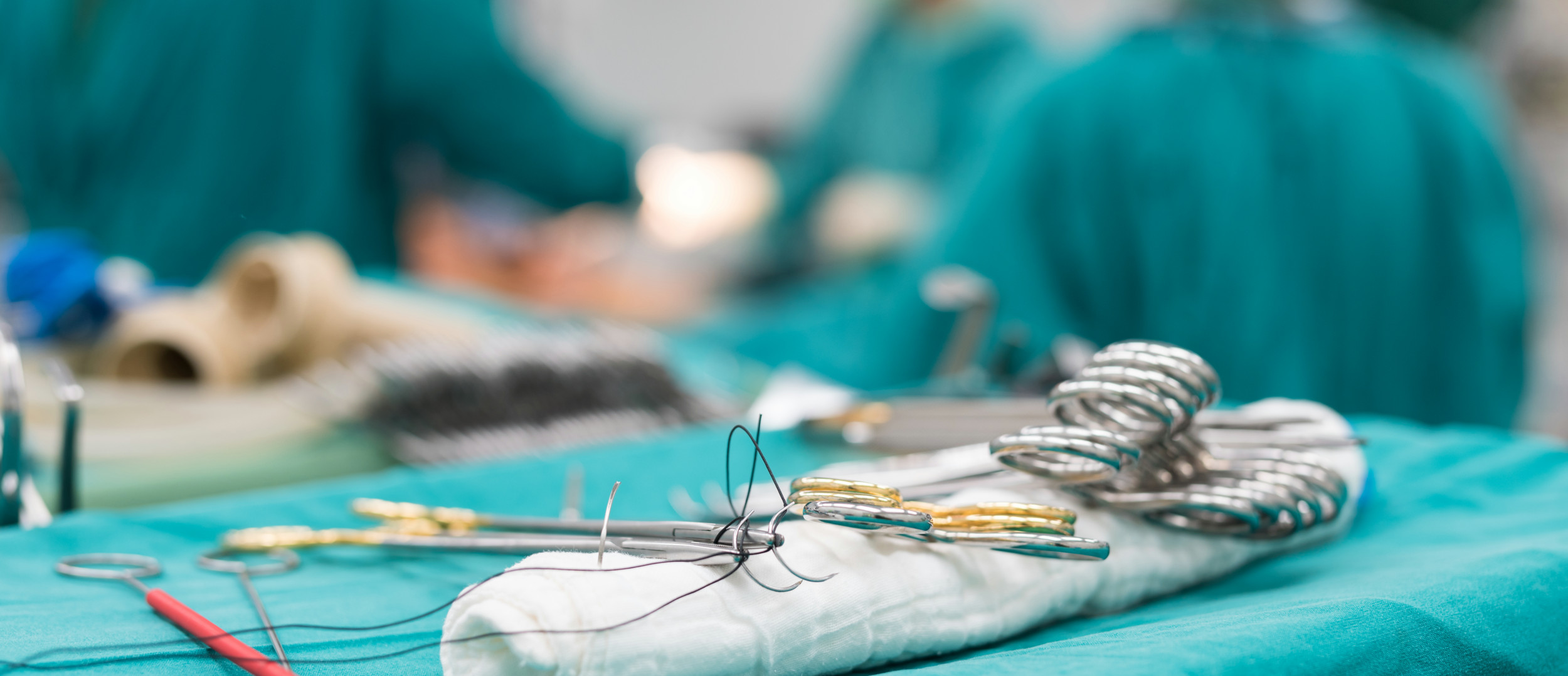EMH Schweizerischer Ärzteverlag AG
Farnsburgerstrasse 8
CH-4132 Muttenz
+41 (0)61 467 85 44
support@swisshealthweb.ch
www.swisshealthweb.ch
EMH Schweizerischer Ärzteverlag AG
Farnsburgerstrasse 8
CH-4132 Muttenz
+41 (0)61 467 85 44
support@swisshealthweb.ch
www.swisshealthweb.ch



This study describes the association between preoperative dental clearance and subsequent postoperative outcomes. We found no difference in all-cause mortality, incidence of postoperative endocarditis, postoperative infection and length of hospital stay after preoperative dental clearance before cardiac surgery. The current available evidence points to an unestablished association, leaving us without a clear understanding of whether preoperative dental clearance leads to a lower incidence of postoperative endocarditis.


Catecholaminergic polymorphic ventricular tachycardia (CPVT) is a fatal rare inherited cardiac channelopathy. Affected patients are susceptible to develop deadly ventricular arrythmias after physical or emotional stress. The typical arrhythmia presents as bidirectional and/or polymorphic ventricular tachycardias. To illustrate the clinical challenges in properly diagnosing this disease, we report two cases of CPVT together with a brief literature review.

Sarcoidosis is a multisystemic, chronic inflammatory disorder involving lymph nodes and lungs characterized by a non-caseating, epithelioid cell granulomatous inflammation of affected organs. Cardiac involvement has been reported in 5-30% depending on the diagnostic criteria.


Thrombosis remains a significant clinical challenge with potential life-threatening consequences. Despite advancements in anticoagulants, concerns about bleeding and the delicate balance of thrombotic risks persist, especially in patients with specific comorbidities such as renal insufficiency, cirrhosis, and those with medical devices. The search for effective anticoagulant therapies that can prevent thrombotic events while minimizing bleeding risks, has led to the emergence of factor XI (FXI) inhibition as a promising approach.


In 1956, at the age of 17, Istvan Babotai fled Hungary, became an electrical engineer and ultimately a pioneering figure of cardiac pacing in Switzerland. His 23-year long collaboration with Professor Åke Senning marked a transformative period in the fields of the heart-lung machine and in cardiac pacing. His commitment and passion for biomedical engineering inspired Swiss electrophysiologists.

